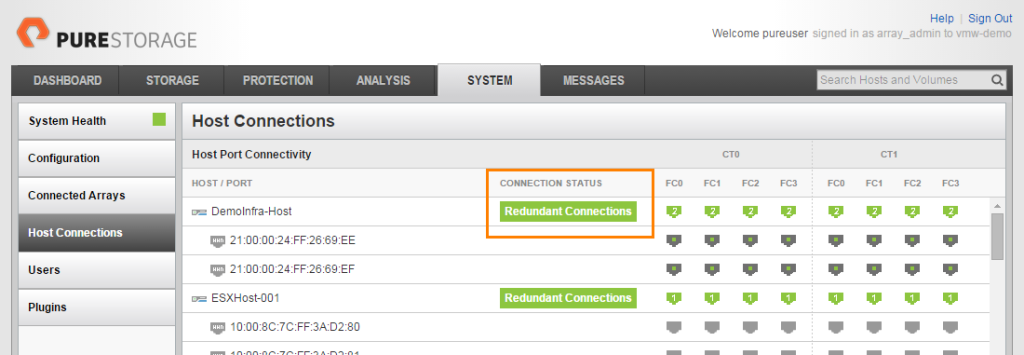As you might have noticed vSphere 6.5 Update 1 just came out (7/27/2017) and there are quite a few enhancements and fixes. I will be blogging about these in subsequent posts, but there is one that I wanted to specifically and immediately call out now.
Round Robin and IO Operations Limit of 1 is now default in ESXi for the Pure Storage FlashArray! This means that you no longer need to create a custom SATP rule when provisioning a new host or adding your first FlashArray into an existing environment. Continue reading “NMP Multipathing rules for the FlashArray are now default”


